Disclosure: This article contains affiliate links. We may earn a commission from purchases at no extra cost to you, which helps our travel content.
The first time I held a genuine piece of Fijian tapa cloth in my hands, I was struck by how something so seemingly delicate could tell such a powerful story. The intricate geometric patterns weren't just decorative—they were narratives, genealogies, and cultural timestamps pressed into mulberry bark. As a machinist with a design background, I've always been drawn to how things are made, and Fiji's Coral Coast offers some of the South Pacific's most authentic craft experiences. Forget the airport gift shops—this stretch of coastline is where you'll find the real deal, where craftsmanship isn't just preserved; it's thriving.
Understanding Fijian Craft Traditions
Before diving into shopping, it helps to understand what makes Fijian crafts special. The islands' artistic traditions developed in relative isolation, creating distinctive styles that vary between regions and villages. When I first visited the Coral Coast, I expected to find generic 'island souvenirs,' but instead discovered a sophisticated craft ecosystem with deep cultural roots.
The main traditional crafts include masi (tapa cloth made from beaten mulberry bark), magimagi (coconut fiber cordage), carved wooden items like tanoa (kava bowls), woven mats, and pottery. What fascinated me as someone who works with my hands is how Fijian artisans transform basic natural materials into items of both practical use and profound beauty.
Before my trip, I read through the excellent Fiji cultural guide, which provided invaluable context about the significance behind different patterns and motifs. Understanding that a particular geometric design might represent a family lineage or that certain motifs are reserved for chiefs completely changed how I approached shopping for crafts.
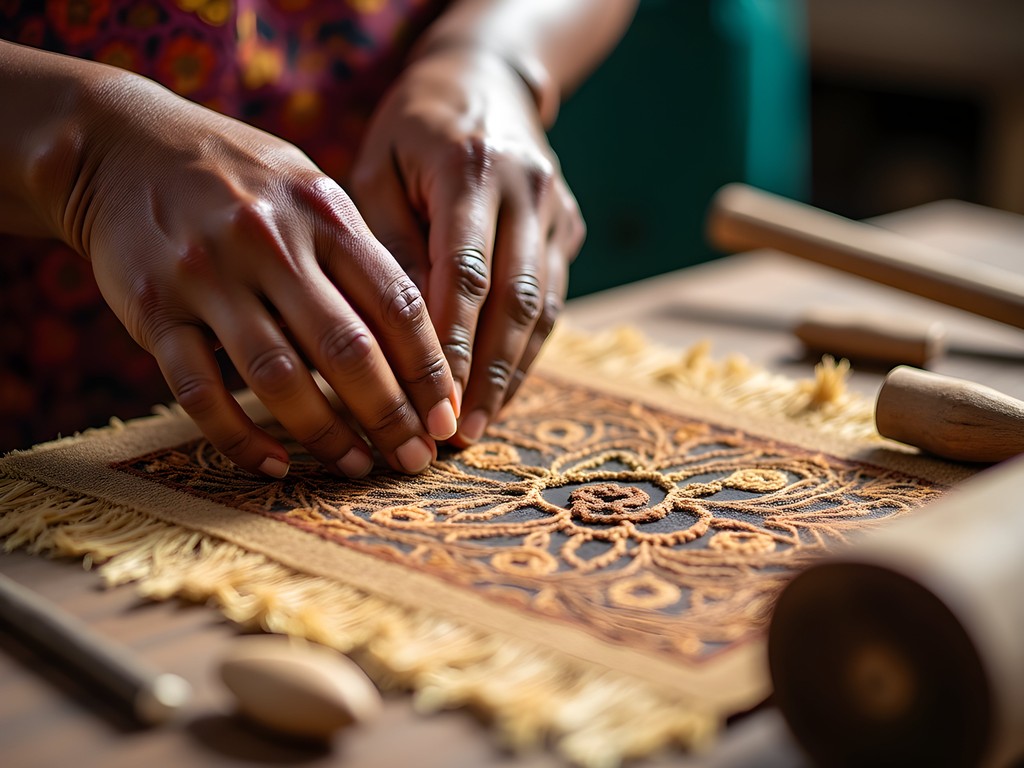
💡 Pro Tips
- Learn basic Fijian craft terminology before shopping
- Ask about the meaning behind patterns and designs
- Some craft items (particularly those with certain patterns) may have cultural restrictions
Village Markets: The Heart of Authentic Craft Shopping
My favorite Coral Coast craft experiences have always been at village markets, where you're buying directly from the makers. Sigatoka Market, about halfway along the Coral Coast, is where many locals shop and trade. While it's primarily a food market, the outer stalls feature wonderful handcrafted items at prices that haven't been inflated for resort guests.
I've found some of my most treasured pieces at the smaller village markets that pop up weekly. In Korotogo village, the Saturday morning market features several families who've been weaving mats and crafting for generations. The quality difference is immediately apparent to anyone who appreciates craftsmanship.
Pro tip: bring a foldable tote bag that packs down small but expands to hold your treasures. I've learned this lesson the hard way after awkwardly carrying fragile wood carvings through a crowded market!
When shopping at village markets, remember that bargaining is acceptable but should be respectful. These aren't mass-produced items, and the prices already reflect incredible value for the work involved. I typically ask, "Is this your best price?" rather than aggressively countering with a much lower offer.

💡 Pro Tips
- Bring cash in small denominations (Fijian dollars)
- Visit early for the best selection
- Ask permission before photographing artisans or their work
The Arts Village: Craft Shopping with Cultural Context
The Arts Village in Pacific Harbour is my go-to recommendation for couples who want to combine shopping with learning. This cultural center offers demonstrations of traditional crafts alongside retail opportunities, giving context to the items you're purchasing.
During my last visit, I watched a master woodcarver transform a solid piece of vesi wood (similar to teak) into an intricate tanoa kava bowl. The precision reminded me of machining, except using hand tools that haven't changed much in centuries. After seeing the hours of work that go into creating these pieces, you'll understand why authentic crafts command the prices they do.
The village also offers workshops where you can try your hand at some basic techniques. My partner and I spent a memorable afternoon learning tapa cloth painting, which gave us a much deeper appreciation for the craft. I packed my travel watercolor set to capture some of the patterns that inspired me—something I'd recommend for any creatively-inclined travelers.
The on-site shop features verified authentic items with information about the artisans, which I find adds significant value to the purchasing experience. Prices are higher than village markets but still reasonable for the quality.
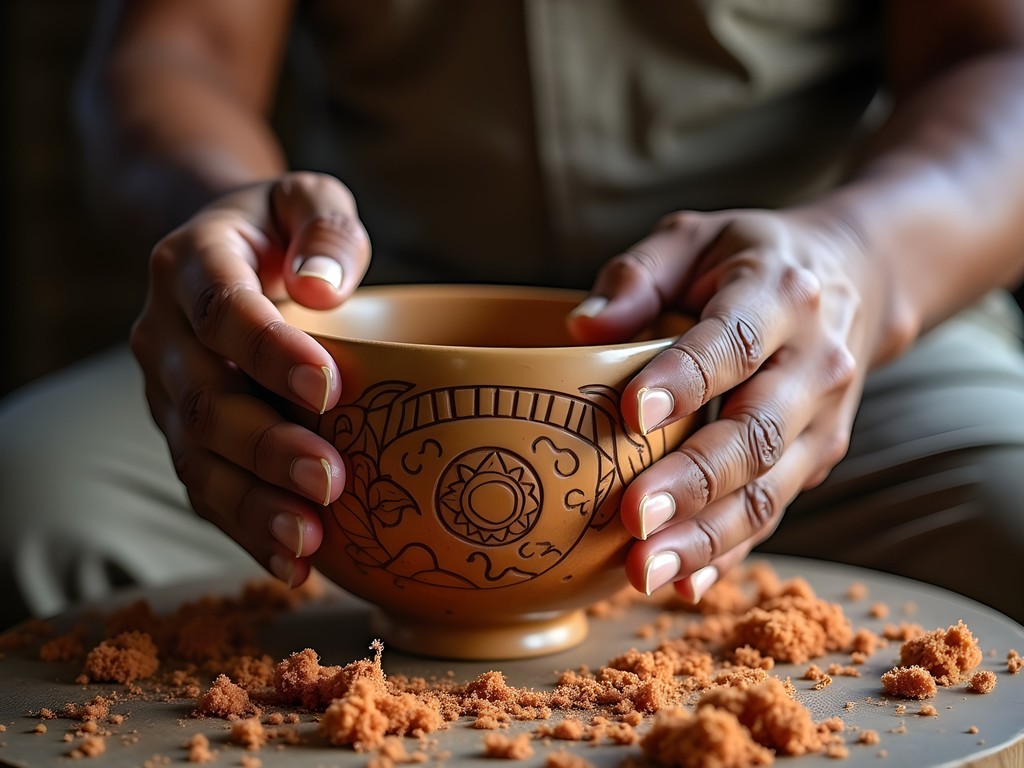
💡 Pro Tips
- Plan at least 2-3 hours to fully experience the demonstrations and shopping
- Check their schedule in advance for special craft workshops
- Many items come with certificates of authenticity
Resort Boutiques: Convenience with Curation
If your time is limited or you prefer air-conditioned shopping, the Coral Coast's upscale resorts have begun featuring well-curated craft boutiques. The Fijian Handicraft Shop at the Outrigger Fiji Beach Resort stands out for its commitment to authentic, locally-made items rather than imports.
What I appreciate about these resort boutiques is the quality control and curation. While prices are 30-40% higher than village markets, you're paying for the convenience and assurance of quality. Many of these shops work directly with artisan cooperatives, ensuring fair compensation for makers.
For couples looking to bring home something special, these boutiques often offer higher-end pieces like ceremonial-grade tapa cloth or museum-quality wood carvings that you might not find in markets. On my last trip, I splurged on a stunning hand-carved model outrigger canoe that now takes pride of place in my home office.
To protect delicate purchases on your journey home, I swear by my packing cubes which keep fragile items separated and protected. For especially delicate pieces like tapa cloth, I also bring a document tube that can be adjusted to different lengths—perfect for protecting artwork without folding.

💡 Pro Tips
- Ask about shipping options for larger purchases
- Look for items with maker information included
- Some boutiques offer tax refunds for purchases over a certain amount
What to Buy: Craft Highlights of the Coral Coast
After multiple trips to Fiji's Coral Coast, I've developed a shortlist of craft items that represent the best of local artisanship and make meaningful souvenirs.
Tapa Cloth: This traditional bark cloth features geometric patterns painted with natural dyes. Small pieces make perfect wall hangings, while larger ceremonial pieces are investment-worthy art. The coastal villages around Sigatoka produce some of the finest examples.
Tanoa (Kava Bowls): These carved wooden bowls used for the traditional kava ceremony range from small decorative pieces to large ceremonial bowls. Look for those made from native vesi wood, which has beautiful grain patterns and natural durability.
Woven Items: Mats, baskets, and fans woven from pandanus leaves showcase incredible geometric patterns. I particularly love the intricate fans, which are both decorative and practical in Fiji's heat. I keep mine displayed with a wooden fan stand which shows off the craftsmanship beautifully.
Masi Jewelry: Contemporary Fijian designers are creating gorgeous jewelry incorporating traditional materials like tapa cloth, coconut, and shells. These pieces blend traditional techniques with modern design sensibilities—something I particularly appreciate as a designer myself.
Pottery: The village of Nakabuta near Sigatoka is known for traditional pottery made without a wheel, using techniques passed down for generations. These pieces have a distinctive earthiness that machine-made pottery simply can't replicate.
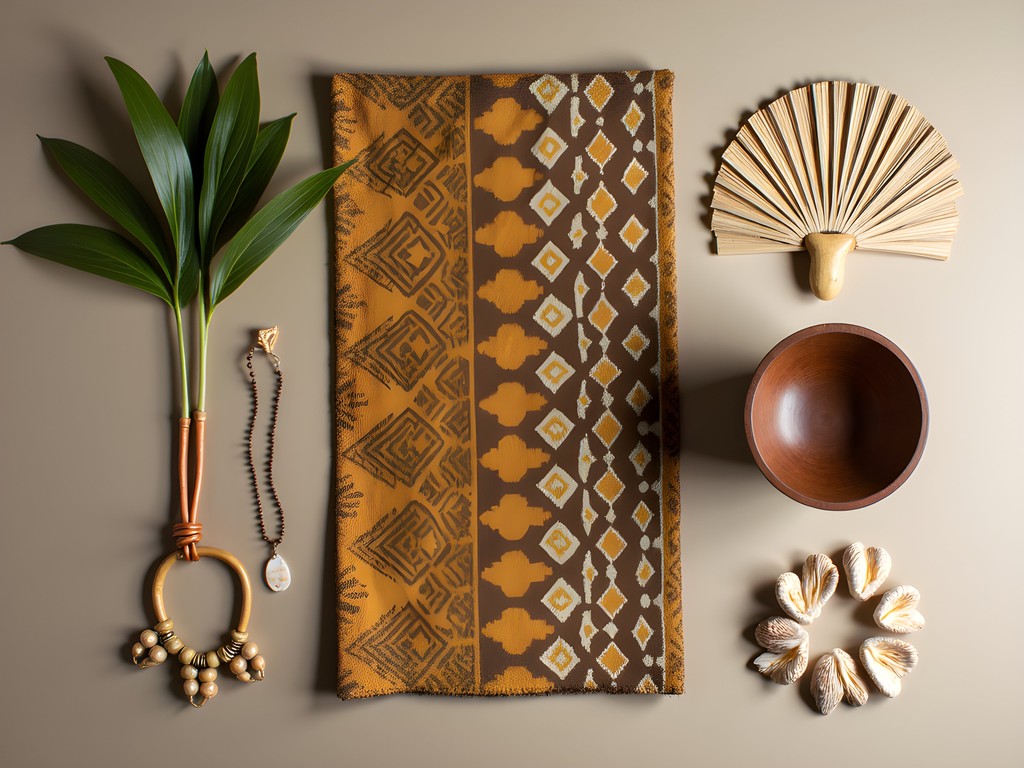
💡 Pro Tips
- Focus on items made from sustainable materials native to Fiji
- Look for the maker's mark or signature on higher-end pieces
- Consider how you'll transport fragile items before purchasing
Final Thoughts
Shopping for crafts along Fiji's Coral Coast is more than just collecting souvenirs—it's about connecting with centuries of artistic tradition and supporting the continuation of these remarkable skills. What I love most about the crafts here is their authenticity; these aren't mass-produced tourist trinkets but genuine expressions of Fijian culture and craftsmanship.
As someone who spends her days working with precision tools and materials, I have profound respect for artisans who create beauty using techniques passed down through generations. Each piece tells a story—of materials harvested sustainably from the land, of patterns that carry cultural significance, of hands that have mastered techniques through decades of practice.
When you bring home a piece of Fijian craft, you're not just decorating your space; you're becoming part of a continuing tradition. That tapa cloth on your wall or kava bowl on your shelf connects your home to a village on the Coral Coast, to an artisan whose name you might know, to a living tradition that your purchase helps sustain. And isn't that what meaningful travel shopping is all about?
✨ Key Takeaways
- Village markets offer the most authentic and affordable craft shopping experiences
- Understanding the cultural significance of craft items enhances their value as souvenirs
- Direct purchases from artisans ensure your money supports local communities
- The Coral Coast offers craft shopping options for every budget and time constraint
📋 Practical Information
Best Time to Visit
year-round, though April-October offers the most pleasant weather
Budget Estimate
$50-300 USD depending on the quality and size of items purchased
Recommended Duration
2-3 days to explore various shopping venues
Difficulty Level
Easy

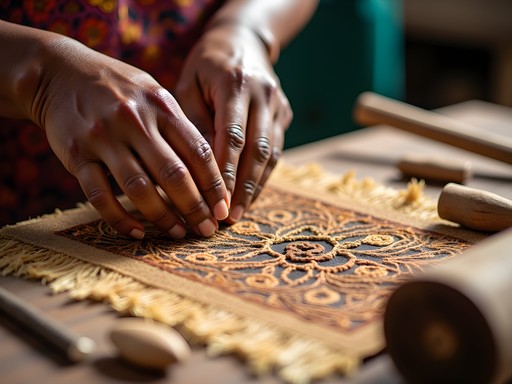



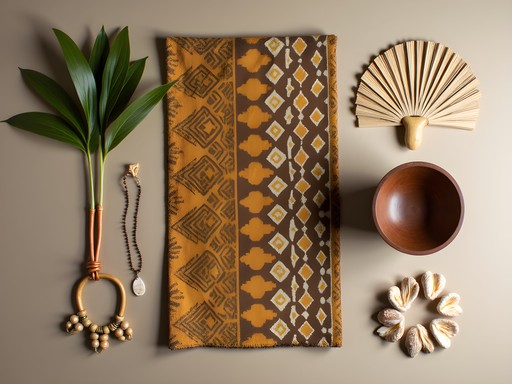





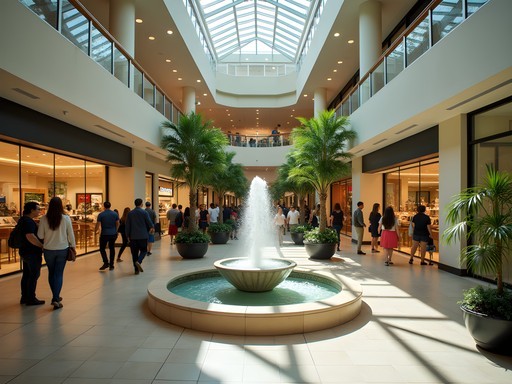


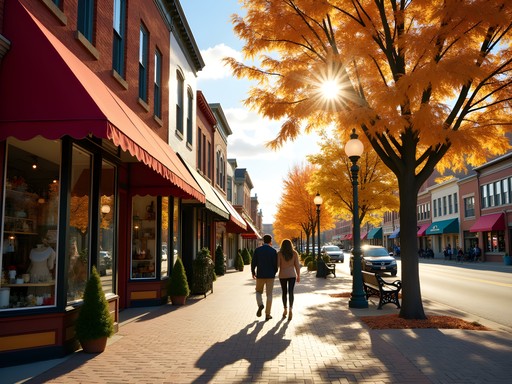
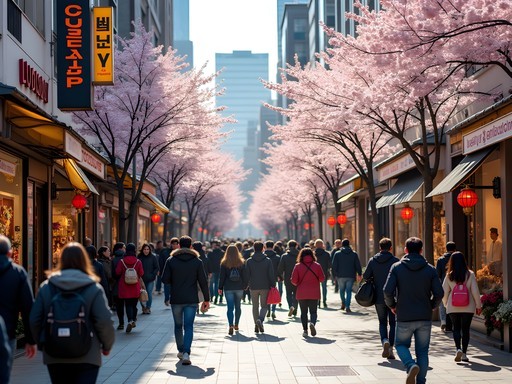
Comments
roamseeker
Just got back from the Coral Coast last week! Loved the craft shopping there. One tip to add - if you're staying at a resort, ask the local staff (not just the concierge) where they'd recommend for authentic crafts. Our housekeeper told us about a small family workshop near Korotogo that wasn't in any guidebooks. They made the most incredible woven baskets and mats. Also found that Tuesday mornings were less crowded at the village markets compared to weekends when more tourists are around. Great post, Anna!
Jean Wells
Anna, your post beautifully captures the essence of Fijian craft culture. After 30+ years of traveling through the Pacific Islands, I've found that the Coral Coast offers some of the most authentic craft experiences in Fiji. The village market at Sigatoka is particularly special - I've visited three times over the decades and the craftsmanship remains impressively traditional despite tourism growth. One observation: I've noticed that many younger Fijians are now incorporating contemporary elements into traditional designs, especially in woodcarving. This evolution of craft traditions is fascinating to witness. For those visiting, I recommend setting aside a full day for craft shopping rather than trying to squeeze it between activities - these interactions deserve unhurried appreciation.
summerbuddy
Jean, is bargaining expected at these markets or is that considered disrespectful?
Jean Wells
Gentle bargaining is acceptable, but remember these items take significant time and skill to create. I usually offer about 10-15% less than the asking price, but don't push too hard. The goal should be fair value, not the absolute lowest price.
wanderlustphotographer
Beautiful post! Did you find any good spots for buying traditional Fijian jewelry? Planning to visit next month and would love recommendations for finding authentic pieces.
Fatima Sims
Anna, this post brought back so many memories! I spent three weeks on the Coral Coast in 2024 and became absolutely obsessed with the masi (tapa cloth). The geometric patterns tell such incredible stories about Fijian culture. I actually participated in a workshop at The Arts Village where they taught us the traditional methods of preparation and design. It's labor-intensive! One tip for anyone heading there: bring an extra bag for your purchases! I ended up buying a foldable duffle in a resort gift shop because I ran out of space. Also, if you're interested in the craft process, ask if you can visit during production - many artisans are happy to show you how they work if you express genuine interest.
hikingninja
That workshop sounds amazing! Did you have to book in advance or could you just show up?
Fatima Sims
I booked through our hotel two days ahead, but I think it depends on the season. In busy periods, definitely reserve a spot!
summerbuddy
Heading to Fiji in December! Any tips on how to spot authentic tapa cloth vs mass-produced stuff? And what's a fair price range?
luckybackpacker
Look for slightly irregular patterns - that's a good sign it's handmade! I paid about 70-120 Fijian dollars for medium-sized pieces. The machine-made ones feel stiffer and have perfectly uniform patterns.
Frank Garcia
Fascinating breakdown of Fijian craft traditions, Anna. During my backpacking trip through Fiji last winter, I discovered that many of the geometric patterns on tapa cloth actually represent specific family lineages and village histories. I'd recommend visitors take a craft guide to better understand the symbolism. The Arts Village was definitely my favorite spot too - I spent an entire afternoon there chatting with artisans about their techniques. Did you get to see any masi cloth being made from scratch? The process is incredibly labor-intensive.
roamseeker
Frank, did you find the prices at The Arts Village higher than at the local markets? Worth the premium?
Frank Garcia
Slightly higher, yes, but the quality was consistently excellent and you're still supporting the actual artisans. I found it a good middle ground between village markets (authentic but hit-or-miss) and resort shops (convenient but overpriced).
backpackbackpacker8739
Those tapa cloths are gorgeous! Great finds!
luckybackpacker
This post brings back amazing memories! I visited the Coral Coast last year and came home with the most beautiful hand-carved kava bowl that now has pride of place in my living room. The craftsman explained the whole process while I watched him work. Definitely agree about skipping the airport shops - the prices at village markets were so much better and the connection with the artists was priceless!
hikingninja
Those village markets are definitely the way to go! We visited last summer and I got the most amazing hand-carved kava bowl that's now proudly displayed in our living room. The prices at resort shops were literally 3x higher for similar items. Don't be afraid to haggle a bit at the markets though - just do it respectfully and with a smile. The craftsmanship of these Fijian artisans is truly next level.
Fatima Sims
So true about the haggling! It's actually expected, but definitely needs to be done with respect. Did you visit any specific village markets you'd recommend?
hikingninja
We really liked the Saturday market in Sigatoka! Less touristy than some others and the locals were super friendly. There was this one elderly woman making tapa cloth right there - amazing to watch the process!
Nicole Russell
Anna, this brought back so many memories! When I visited the Coral Coast solo last year, I spent an entire day at The Arts Village. The weaving demonstration changed how I look at handmade crafts - so much patience and skill! I found the best masi cloth from a woman who'd been making them for 40+ years. For anyone going, I'd recommend bringing a travel journal to record the stories behind each piece you buy. The artisans love sharing the meaning behind their work, and those stories become as valuable as the crafts themselves. Also, don't miss the small roadside stalls between Sigatoka and Korotogo - found my favorite carved masks there!
FijiDreamer
Going there next month! How much cash should I bring for crafts? Are the prices negotiable or fixed?
Nicole Russell
I'd bring around 200-300 Fijian dollars if you're planning to get a few quality pieces. Most village markets prefer cash. Gentle negotiation is fine at markets, but I found the prices pretty fair to begin with. The Arts Village has fixed prices but better selection.
FijiDreamer
Thanks so much! Can't wait to find some special pieces to bring home.
Venture X
Premium card with 2X miles, $300 travel credit, Priority Pass